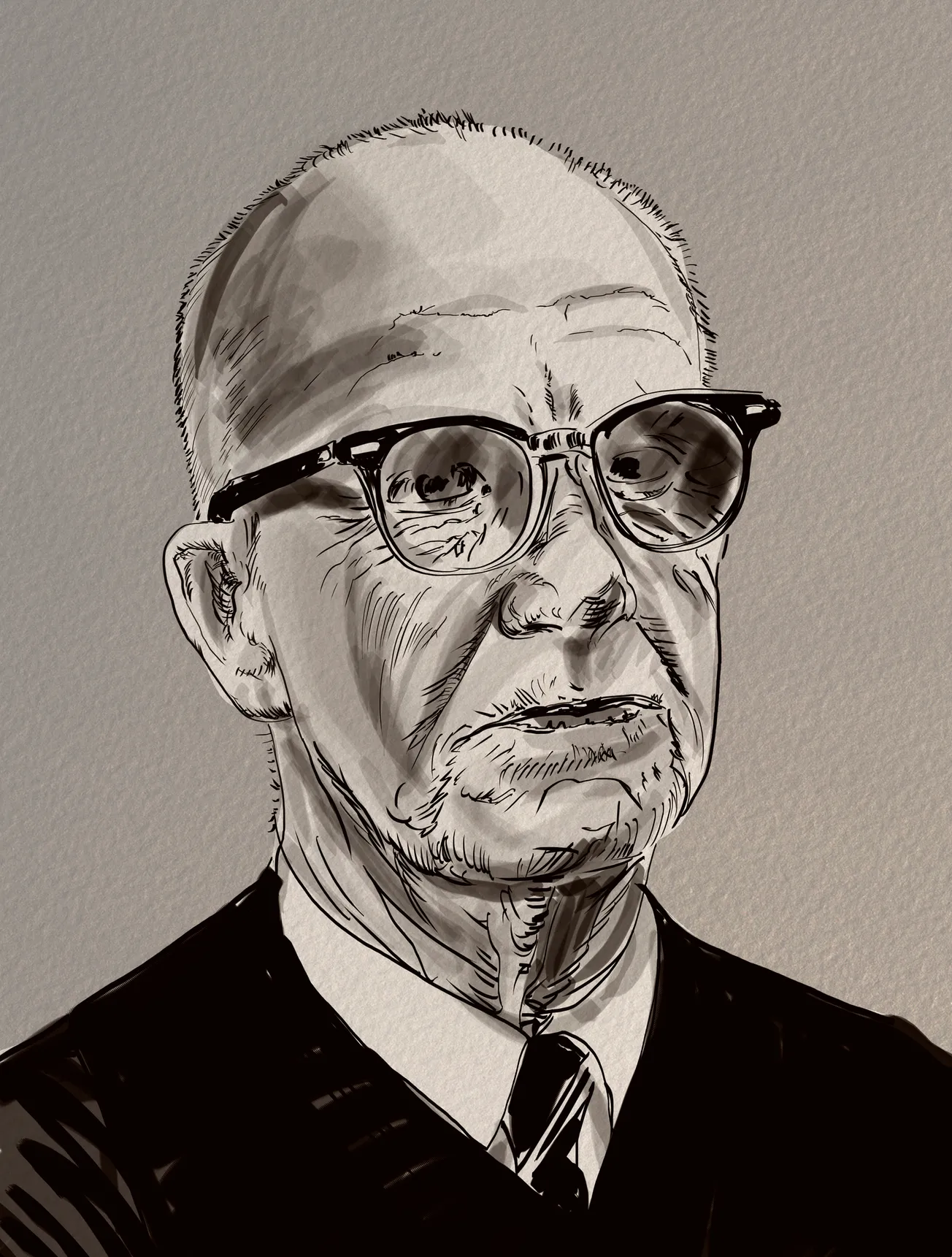If you are not familiar with R. Buckminster Fuller, you have missed one of the most colorful figures of the 20thcentury in the worlds of architecture, design, engineering, and philosophy. Bucky Fuller was born in 1895 and led a life that was so interesting and unusual that I cannot do justice to it in just a few paragraphs here. For a relatively quick overview of his life, please click here.
At a presentation to a group of architects in 1964, Bucky Fuller first presented Spaceship Earth's concept. He challenged his audience to think of the Earth as a spaceship flying through the universe. With that image in mind, he asked them all to recognize that the resources on our ship are limited and that once they're depleted, there's nowhere else to go to get more. This was not said to depress his audience; instead, it was said to make them consider how we use our resources.
It reminded them that we are all on the same ship and that whatever anyone does anywhere on the ship affects everyone else. Finally, it demonstrated how interconnected all of the systems in our world are and how balancing and optimizing them can benefit us.
Spaceship Earth
In 1969 Fuller published a book called Operating Manual for Spaceship Earth to give readers a glimpse into how we might act to make our journey as long and enjoyable as possible. One of the thoughts that Fuller offered was the concept of "Doing more with less." Realizing that resources are finite shouldn't make you do less but rather make you want to do things more efficiently with less waste.
His ideas were often brilliant during his career, but they were not commercially successful, so far from what people could imagine. He was fascinated that many materials had much more strength in tension (being pulled on) than they did in compression (being pressed down on).

Dymaxion Home
A marketing firm working for Marshall Field's a Chicago department store where Fuller's radical new metal home was to be on display invented a name for it. This new design style, dubbed the Dymaxion Home, combines elements of the words Dynamic and Maximum. The house was primarily built of metal, circular in design, and suspended by cables from a central supporting column. It was a very advanced and exciting concept for 1929, but not a big seller. The only remaining example is in the Henry Ford Museum in Dearborn, MI.
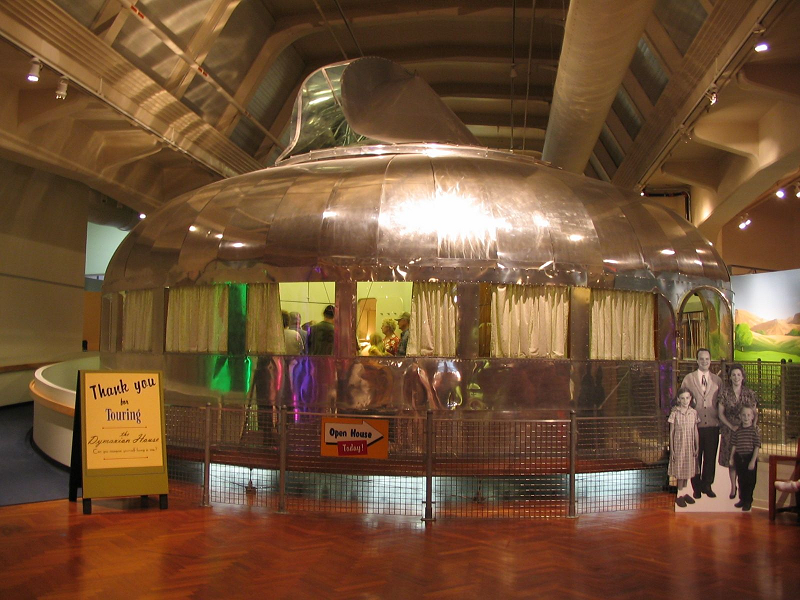
Dymaxion Cars
Fuller also recognized that some of his advanced ideas could be applied to the design of automobiles. He built three Dymaxion cars between 1933 and 1935. They were strikingly different from virtually all existing cars! They had only three wheels, two in the front and one in the rear. They were very aerodynamic and capable of speeds over 100mph with a standard 90HP Ford engine. The engine was placed in the rear of the car and drove the front wheels, located behind the driver. You can see a Dymaxion car in action here.
The rear wheel was the wheel that did the steering, and because of this, the vehicle could turn in its own length! The only subsequent vehicles to adopt this drive train configuration have been forklift trucks. But the Dymaxion cars attracted a considerable amount of attention, but no sales.
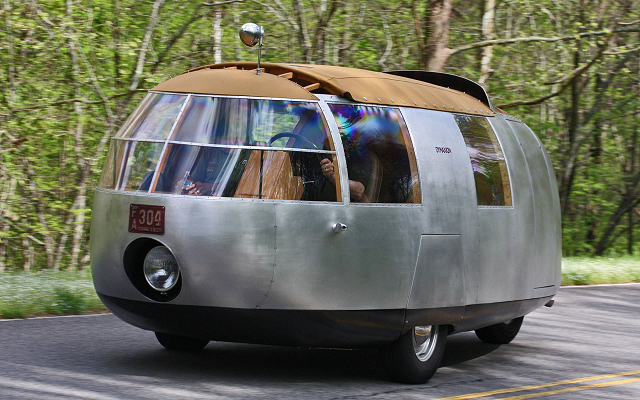
Geodesic Dome
Finally, the designs that delivered for Fuller in terms of lasting fame and wealth were fundamentally found in nature and patented by Fuller. Even as a very young man, he studied structures. He was fascinated by them. He would build four-sided structures, five-sided structures, six-sided structures, and they all could be forced to assume another shape if you put a load on them. The only shape that would not change until one of its components would actually fail was a triangle. So, he started building three-dimensional structures out of groups of triangles. The simplest being tetrahedron, four triangles all fastened together at their edges. This lead to even bigger geometric sphere-shaped structures that had incredible strength-to-weight ratios. These became what we know today as geodesic domes, which Fuller patented in 1947. They first achieved prominence as "radomes," the cover for radar antennas, in the Distant Early Warning System radar installations located across the Northern hemisphere to protect our country from foreign invaders. Today, the Geodesic Dome concept is so pervasive that you can find it in your backyard as a child's climbing structure.
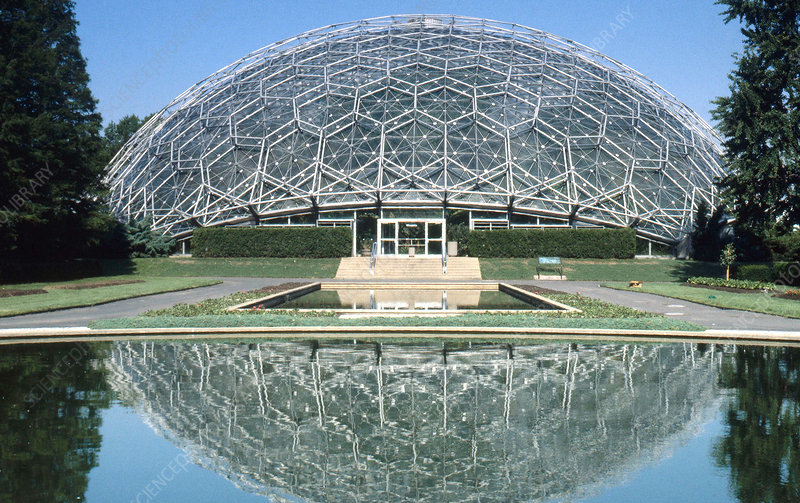
Fuller Projection
Another Fuller patent from the 1940s was a Fuller projection. This map shows the entire Earth's surface in a single plan view with no visual distortion and how all of the world's landmasses connect surrounded by the ocean. It provides an exciting and helpful way to view our planet properly and without distortion.
Why bring Buckminster Fuller up in a space we usually have saved for speaking about the Automotive World, the Environment, Alternative Fuels, and Sustainability? Because he first pointed out that we are all part of an interconnected system that we call the Earth. Changing one part of a system affects all the other parts.

The Real Question Is Not CAN We, But SHOULD We?
Recently there have been a great number of articles about using flying drones to deliver packages to your home by Amazon and UPS. The FAA has been reviewing its rules and changing them to accommodate some of these possibilities. On a physically much more grand scale, Hyundai and Uber have partnered to develop a Flying Drone Taxi, which can vertically take off and land carrying passengers quickly from building to building in our cities. It is the stuff of science fiction movies. It's certainly efficient in terms of time for those who use them, but is that something we can afford? Of course, some people make enough money that they can just put it on their credit card and write it off as a business expense. To my mind, the real question is not what it will cost in dollars, but in terms of pollution, chaos, noise, extra energy consumption. Perhaps the real question is not CAN we make a flying drone taxi, but SHOULD we make one?
Our cities around the world are crowded enough. We have to look both ways before crossing our streets. We have to watch out for cars, bicyclists, and people walking while texting--but at least those things are happening on the same level as we are. Do we really need to open up the third dimension, the space over our heads in the cities, to both small and large drones to operate? Understand, I am not questioning their ability to fly with a high degree of accuracy. I just think adding a vertical threat to all the other threats of walking in a city is unnecessary.

I also must point out that it consumes way more energy to lift a vehicle and a person into the air to move 2 miles than it does to simply move them a mile on the surface of the planet. Remember Buckminster Fuller's warning about "doing more with less"? I can see applications for both the flying drone delivery of materials and Flying Drones that can carry people. Both of those make sense when you are doing it to save lives! If you were talking about a Flying Ambulance, I understand that time is absolutely critical. If you are talking about getting a shipment of drugs to a person who is 50 miles from a drug store, I have no issue with that.
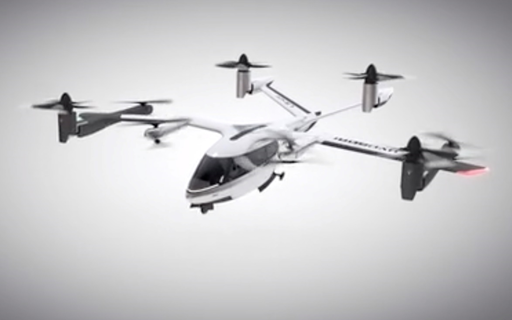
Today, we want to reduce our CO2 emissions because CO2 levels in our atmosphere have reached unprecedented levels. We are concerned that this will cause terminal global warming, which is causing a stampede to phase out cars with internal combustion engines in favor of electric vehicles.
Have we thought about where all the raw materials for all those extra batteries will come from? Have we considered what we will do with the massive amount of batteries we will need to dispose of in the future? Better yet, have we developed a way of recycling those batteries in a non-polluting and efficient way? Now would be a great time to think about those questions.
The Moral
In a time when we really want to be smarter about how much pollution we create and about how we use our finite resources, shouldn't we keep Fuller's idea of Spaceship Earth in our mind's eye and weigh the things we can do against the things we should do?

